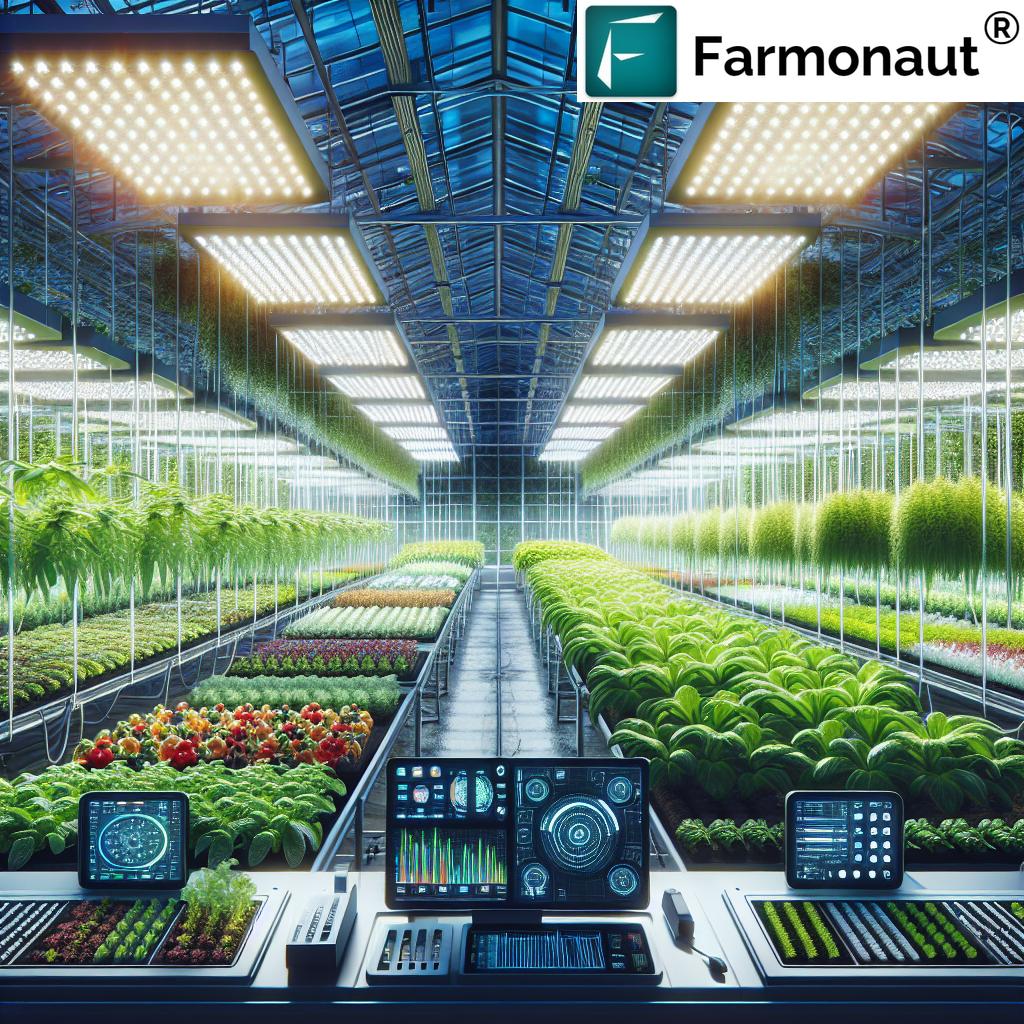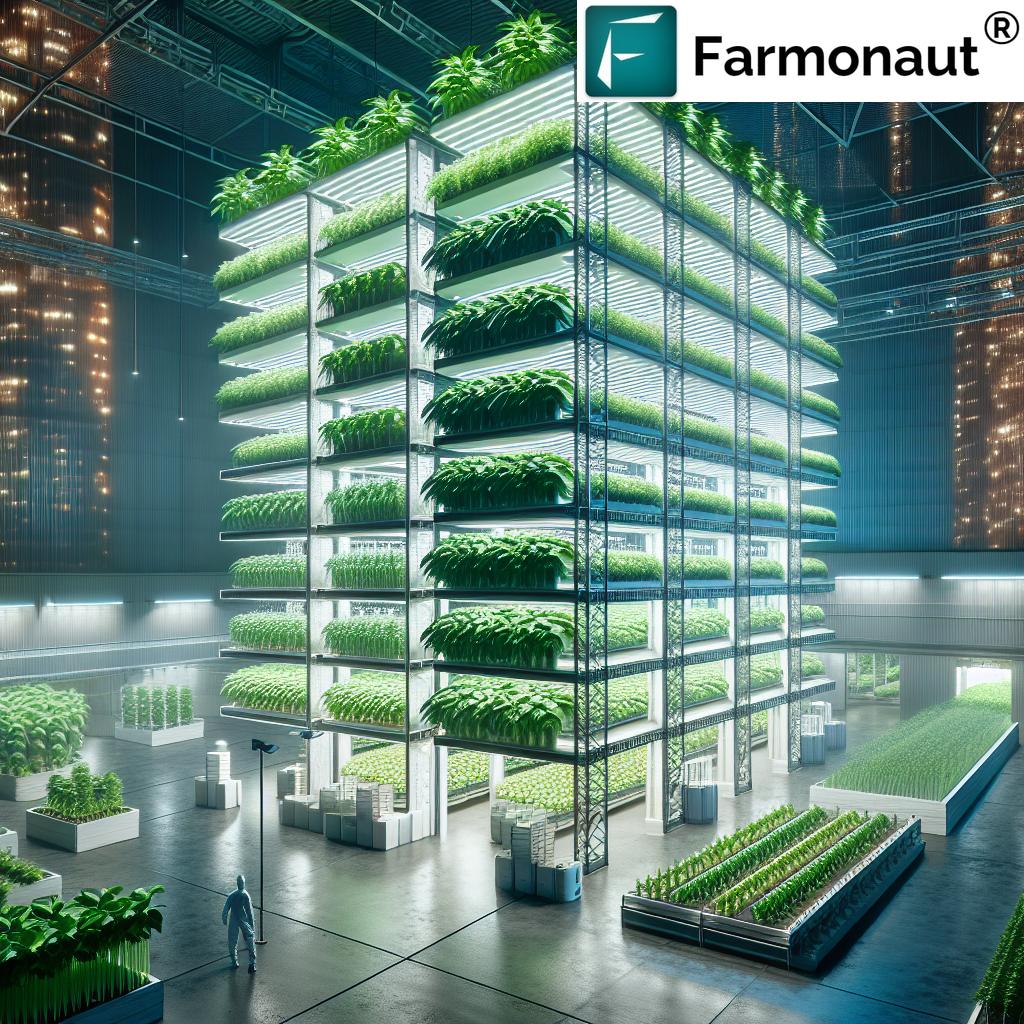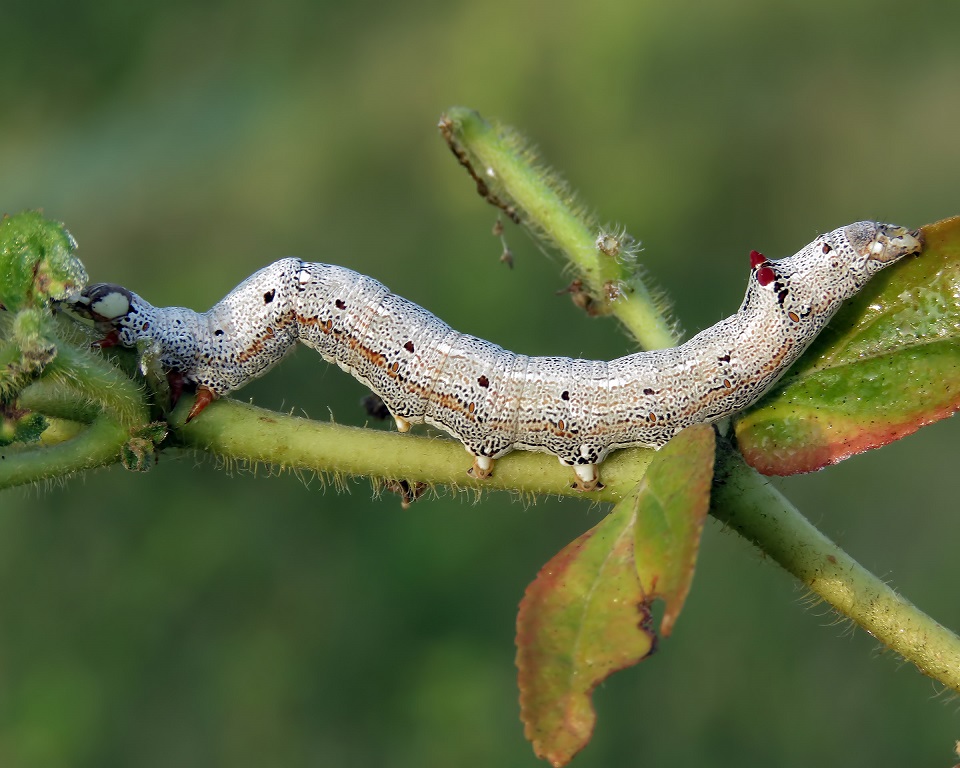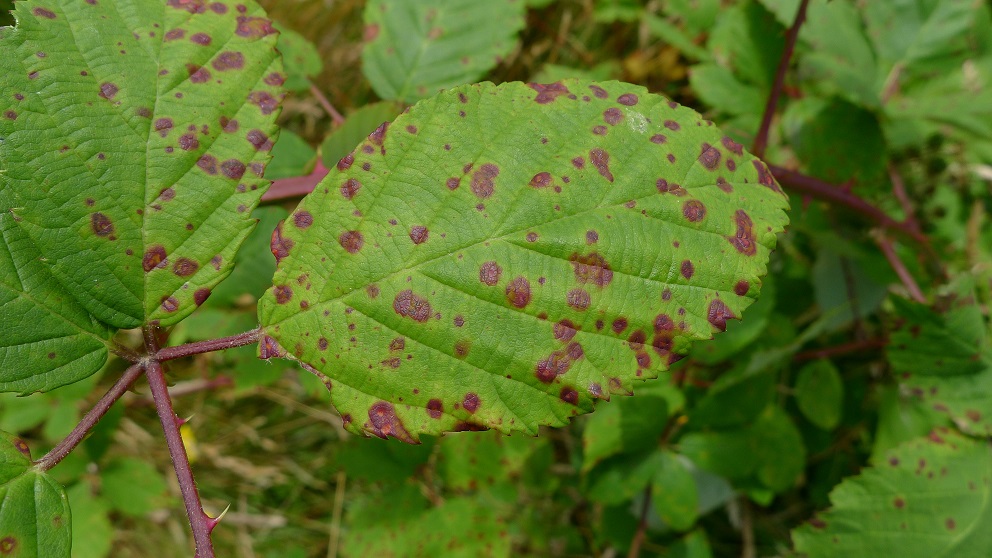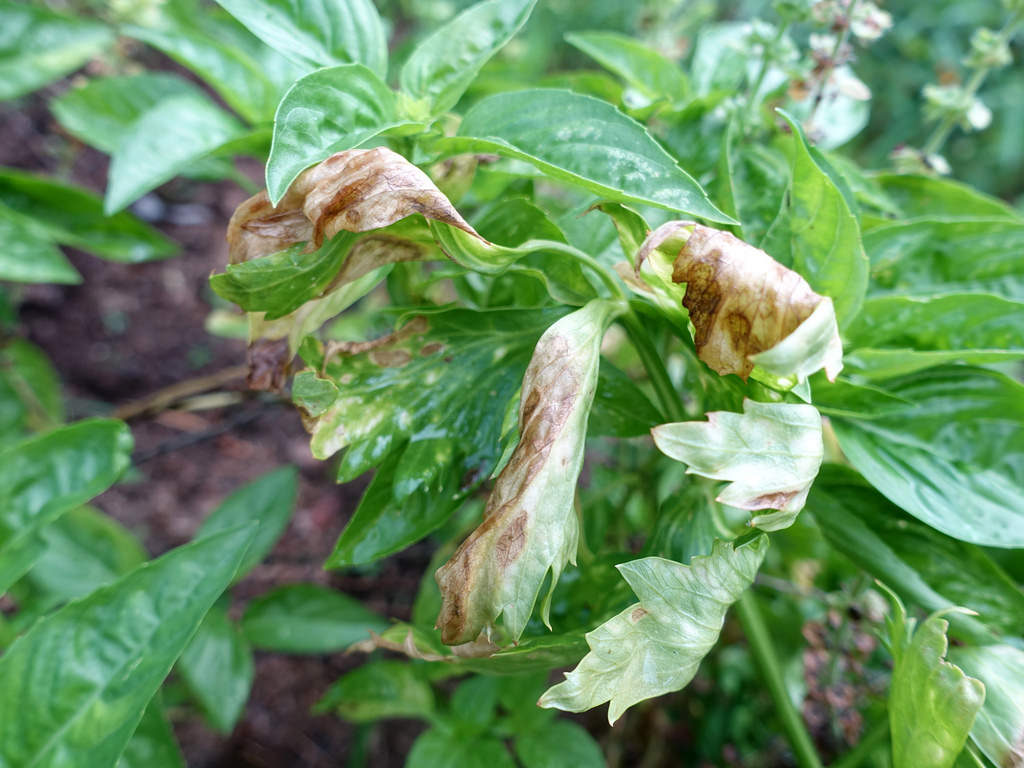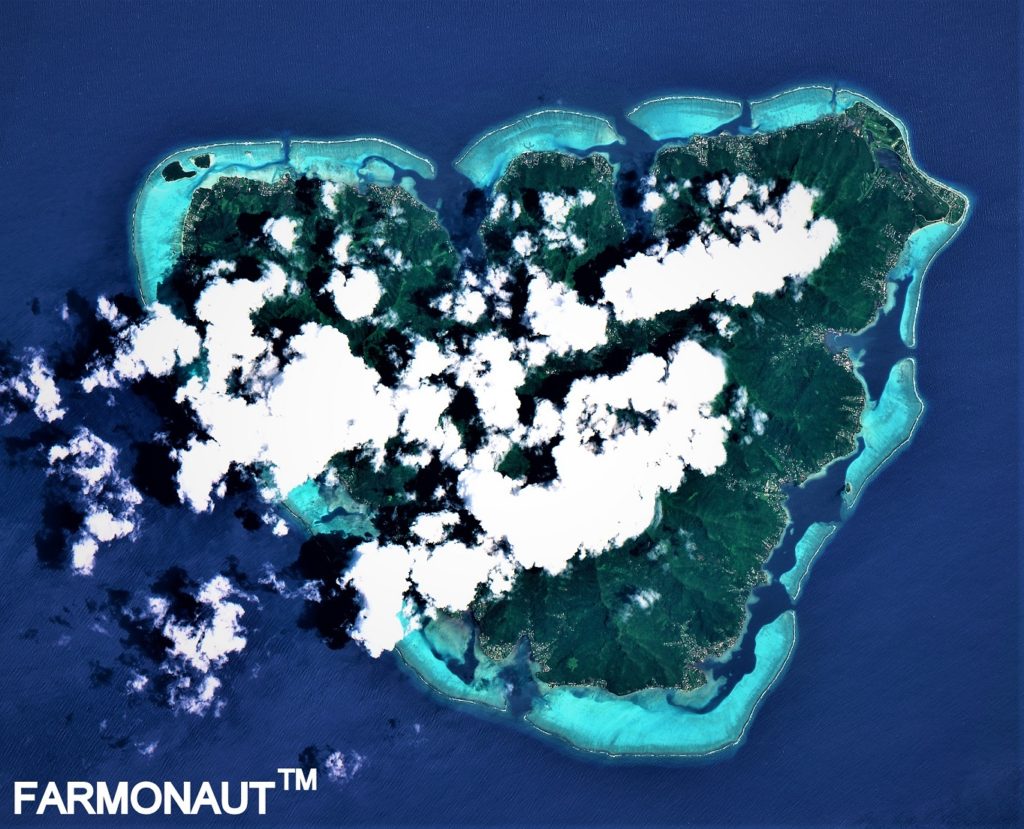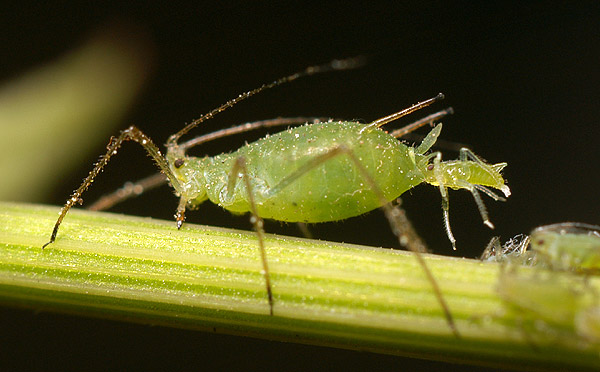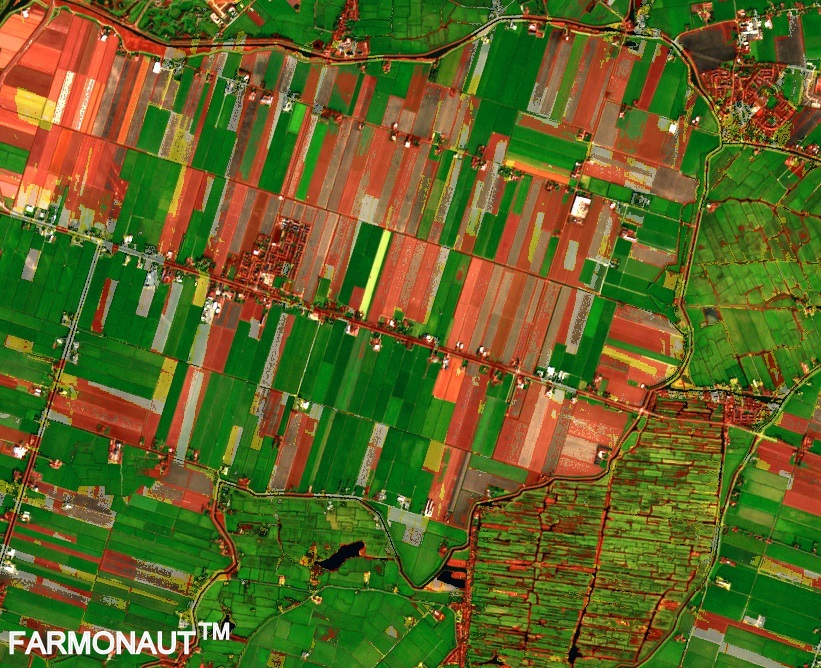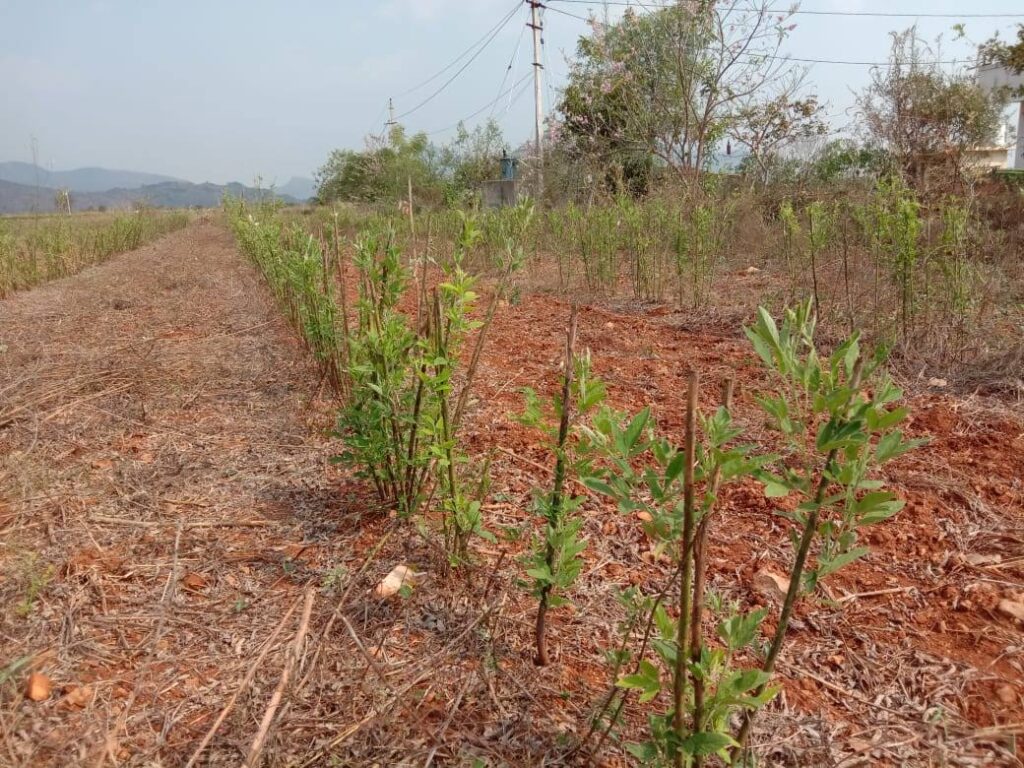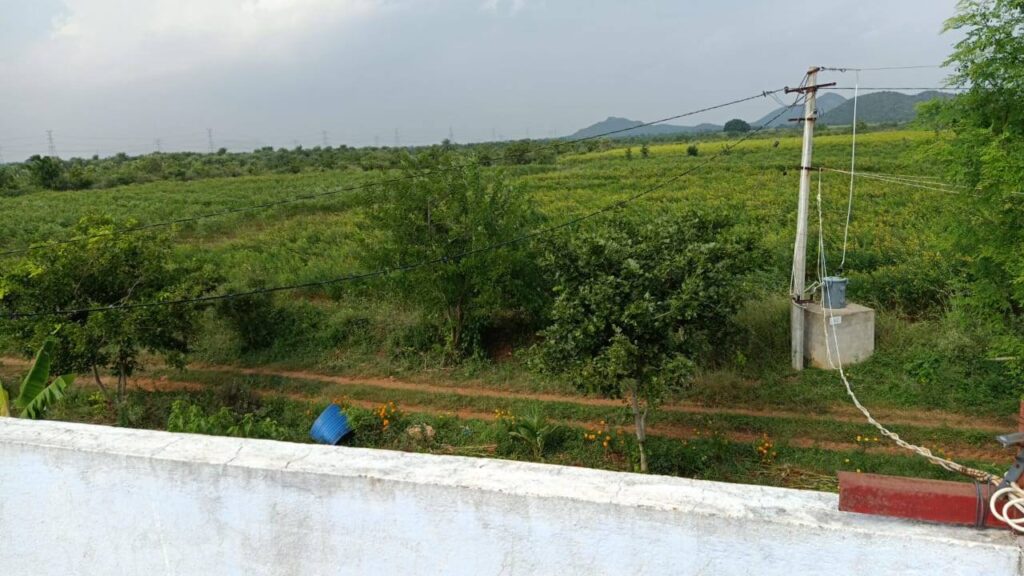Horticulture Lighting Market 2025: Key Trends & Growth Insights
“Global horticulture lighting market is projected to surpass $9 billion by 2025, driven by rapid adoption of LED technologies.”
“Vertical farming using advanced lighting solutions is expected to grow at a CAGR of over 20% through 2025.”
Global Horticulture Lighting Market Overview
The global horticulture lighting market has reached a pivotal juncture in 2025, energized by the embrace of energy-efficient LED technologies and the surging demand for controlled environment agriculture systems (CEA). According to Verified Market Research®, the horticultural lighting sector was valued at USD 7.14 Billion in 2023 and is projected to escalate to USD 25.06 Billion by 2031, registering a robust CAGR of 17% during the forecast period.
This growth is powered by rapid urbanization, reduced arable land, climate variability, and increased adoption of vertical farming lighting solutions. Companies and growers worldwide are shifting towards energy-efficient greenhouse lighting and advanced horticultural techniques to maximize crop yields and ensure sustainability in modern food production.
These technological advancements are not limited to developed regions—Europe, North America, and the rapidly growing Asia-Pacific sectors all contribute to a dynamic, competitive environment where innovation and compliance to environmental standards become strategic imperatives.
Key Focus Keywords: horticulture lighting market, led grow lights for agriculture, energy efficient greenhouse lighting, sustainable agriculture technology, global horticultural lighting trends
Sustainable agriculture requires advanced monitoring. Discover Farmonaut’s Carbon Footprinting Solution to track and minimize your farming operation’s environmental impact in real time. This tool supports businesses in meeting compliance and sustainability goals through actionable carbon emissions analytics.
Growth Drivers: Technology, Sustainability & Policy
Rising Demand for Controlled Environment Agriculture (CEA)
The global shift towards controlled-environment agriculture systems has fueled the adoption of smart lighting technologies. As cities expand and climate patterns become less predictable, maintaining food production stability is vital.
Vertical, indoor, and hydroponics-based farms rely on horticultural LED systems to allow for precise regulation of growth conditions. Growers can now provide crops with specific light spectra tailored to each development stage—a breakthrough for optimizing both yield and crop quality.
Technological Advancements in LED & Smart Lighting
LED grow lights for agriculture now dominate the market, replacing less efficient high-pressure sodium (HPS) and fluorescent lamps. These smart lighting systems are spectrum-tunable, enabling growers to:
- Adjust wavelengths for seedling, vegetative, and flowering stages
- Automate lighting schedules for energy optimization
- Integrate with IoT and AI platforms for real-time monitoring and operational efficiency
- Reduce energy expenses by up to 60% compared to conventional systems
The decreased cost of LEDs and improvements in AI-driven control software have led to higher adoption rates worldwide.
Government Support, Incentives & ESG Compliance
National governments and regional authorities are rapidly promoting the transition to sustainable food production.
- Subsidies and tax incentives for energy-efficient agricultural infrastructure
- Research grants for vertically integrated farming and greenhouse expansion
- Policies such as the European Union’s Green Deal and America’s USDA urban farming initiatives are removing barriers and fostering technology adoption
- ESG (Environmental, Social, and Governance) compliance is steering agribusinesses toward resource-efficient, low-impact solutions
This intersection of policy, sustainability, and technological innovation keeps the horticulture lighting market on an upward trajectory.
Market Segment Comparison Table
Our analysis synthesizes the most recent horticulture lighting market research data into a comprehensive comparison of leading segments. This table is designed to help manufacturers, agritech firms, B2B buyers, and policymakers quickly benchmark growth prospects, technology preferences, and regional expansion trends.
| Market Segment | Estimated Market Size (2025, USD Million) |
CAGR (2020-2025, %) | Key Technologies | Regional Adoption |
|---|---|---|---|---|
| Greenhouse Lighting | 4,100 | 15.4 | LED, HPS, Fluorescent | Europe, North America |
| Vertical Farming Lighting | 2,350 | 20.5 | LED, Adaptive Spectrum, IoT-enabled systems | Asia-Pacific, North America |
| Indoor Farming (Other) | 1,450 | 14.2 | LED, CFL, Advanced HID | Europe, United States |
| Floriculture Lighting | 1,050 | 12.8 | LED, Fluorescent | Europe, Japan |
“Vertical farming using advanced lighting solutions is expected to grow at a CAGR of over 20% through 2025.”
LED Innovations & Horticultural Lighting Technology Trends
The core of global horticultural lighting trends lies in LED innovation and smart illumination systems. LED not only leads in terms of efficiency and cost saving, but also facilitates:
- Spectrum Tunability: Customizing the light range (red, blue, far-red, green) for each crop’s lifecycle
- Task Automation: Integrating sensors, cloud software, and AI to optimize intensity and duration
- Precision Control: Reducing heat emission and energy loss, crucial for vertical and indoor farms
- Data Integration: Merging with farm management platforms for ongoing yield and resource optimization
Major manufacturers and electronics companies are infusing R&D budgets into next-gen horticultural LEDs, adaptive spectrum controls, and wireless networking, to keep pace with evolving agritech practices and sustainability metrics.
Innovative lighting systems are the driving force behind modern crop production, whether for leafy greens, fruits, or floriculture. As we observe in greenhouse management and vertical farming alike, quantifiable gains in yield and product quality are now directly linked to lighting technology sophistication.
Increase trust and efficiency in lending: Farmonaut’s Crop Loan & Insurance Verification uses satellite-based verification to help financial institutions approve loans and insurance swiftly and accurately for agricultural operations.
Vertical Farming Lighting Solutions: Application & Impact
One of the most consequential trends shaping the horticulture lighting market is the meteoric rise of vertical farming and indoor food production, particularly in urban centers where traditional agriculture is constrained by space and climate.
Utilizing LED, adaptive spectrum, and IoT-powered lights, modern vertical farms build controlled “micro-climates” to maximize photosynthetic efficiency, increase crop cycles, and hasten harvests. Commercial players and city farmers choose such crop production lighting systems for their:
- Scalability and modular deployment
- Superior resource (water, fertilizer) optimization
- Minimized pest/disease risk due to controlled conditions
This aligns with urban population trends and the persistent need for fresher, locally-grown food.
Asia-Pacific and North America are leading the charge, with Europe following closely through heavy investment and policy backing.
Try Farmonaut’s platform for real-time crop health monitoring, resource tracking, and highly visual management tools across Android, iOS, and Web!
Global & Regional Landscape: North America, Europe, Asia-Pacific
Europe
Europe commands a leadership role in the horticulture lighting market due to:
- Robust government subsidies for sustainable agriculture technology
- Advanced controlled environment agriculture systems in research and commercial sectors
- Leading LED and lighting electronics manufacturers
- Sophisticated greenhouse infrastructure and rigorous environmental standards
- ESG-driven agricultural practices
Countries such as Germany, France, the U.K., and the Netherlands continuously pilot innovation and sector growth, with a firm eye on environmental compliance.
North America
The US and Canada, as part of North America, are at the forefront of:
- Urban vertical farming expansion
- Tech-driven indoor farming innovation
- Wide adoption of smart lighting and monitoring systems
- Supportive agricultural policy and research funding
Strong consumer awareness around local, pesticide-free foods further stimulates the market.
Asia-Pacific
Asia-Pacific, with leading countries such as China, Japan, and India, is undergoing rapid transition:
- Increasing adoption of energy efficient greenhouse lighting and LED technologies
- Significant urban farming initiatives supported by government and private incentives
- Recognition of lighting’s role in crop yield stability across variable climates
The competitive landscape features growing domestic manufacturers and an influx of advanced imports.
Efficiency at scale: For plantation managers and agribusinesses, Farmonaut’s Large Scale Farm Management App streamlines field logistics, crop monitoring, fleet tracking, and advisory—all in one intuitive dashboard.
Industry Challenges: Barriers, Standards & ROI
High Initial Capital Expenditure
While energy savings and yield benefits are transforming global food systems, one of the main market restraints is the substantial initial investment required for modern horticultural lighting infrastructure. Components like premium LEDs, sensors, control units, and software often challenge small and medium farmers’ cash flow. Although total cost of ownership decreases over time, the long ROI period—subject to crop prices and market volatility—remains a bottleneck for sector expansion, especially in developing regions.
Limited Knowledge & Technical Resources
Emerging markets in Latin America, Africa, and South/Southeast Asia face a steep learning curve:
- Prevailing misconceptions that advanced lighting is only for premium or ‘specialty’ crops
- Lack of structured training programs for effective system utilization
- Limited access to reliable vendors and service providers
This knowledge and support gap exacerbates the digital divide, inhibiting widespread adoption and innovation.
Regulatory Fragmentation and Lack of Standards
The horticulture lighting market also contends with inconsistent regulatory environments:
- Differing electrical and energy efficiency standards between countries
- Absence of universally recognized testing and performance metrics for horticultural lighting products
- Complex compliance requirements that slow down cross-border expansion for manufacturers
Unified global standards for product quality, safety, and energy consumption are essential for market traction and buyer confidence.
Strengthen food supply trust: Use Farmonaut’s Product Traceability Solution to ensure farm-to-market transparency and safety, leveraging blockchain to guarantee authenticity for food, textile, and related value chains.
Farmonaut’s Role in Sustainable Agriculture Technology
At Farmonaut, we recognize how precision data platforms complement advanced horticultural lighting market innovations. Our suite of satellite- and AI-powered solutions empowers users to harness the full value of indoor and vertical farming, making sustainable production practices accessible and affordable for growers worldwide.
Key Farmonaut Capabilities:
- Crop Health Monitoring using satellite-derived NDVI, soil moisture, and vegetation health algorithms
- Jeevn AI Advisory personalizes crop strategy by integrating weather forecasts and lighting needs
- Blockchain Traceability secures transparency across food supply chains
- Resource Management boosts efficiency in fleet, input use, and field operations
- Carbon Footprint Monitoring aligns agricultural activity with sustainability regulations and global ESG metrics
These technologies help optimize the returns from modern horticulture lighting, closing the gap between theory and practice in controlled environment agriculture.
Our Farmonaut API and Developer Documentation enable seamless integration with 3rd party agri-software, research platforms, and enterprise tools, bringing high-resolution satellite, weather, and advisory data directly to your preferred user environment.
Farmonaut is centered on the principle that advanced agricultural analytics should be accessible globally, not just in developed markets. Whether you’re a commercial greenhouse in America, a vertical farm operator in Asia, or a government policy-maker in Europe, our mission is to help you achieve operational excellence, sustainable impact, and food security through precision technology.
Frequently Asked Questions (FAQ) — Horticulture Lighting Market
-
Q: What is driving growth in the horticulture lighting market?
A: Growth is propelled by energy-efficient LED technologies, demand for sustainable food production, urbanization, government incentives, and the increasing use of controlled environment agriculture systems such as vertical and indoor farms globally. -
Q: Which regions are leading the adoption of advanced horticultural lighting systems?
A: Europe leads with its strong sustainability focus and incentives. North America excels in tech-driven vertical farming, while Asia-Pacific is catching up with rapid CEA expansion and urban agriculture policies. -
Q: What are the most common applications for horticultural lighting technology?
A: Common applications include commercial greenhouses, city/vertical farming facilities, floriculture operations, research centers, and pilot projects for high-value crops such as leafy greens, berries, and flowers. -
Q: Why are LEDs preferred over traditional HPS or fluorescent lights?
A: LEDs are up to 60% more energy-efficient, last longer, allow for spectrum tunability, create less heat, and integrate seamlessly with automation/software systems—thus optimizing crop growth and resource use. -
Q: What are the major barriers to adoption in developing regions?
A: High initial investment requirements, limited technical knowledge, lack of structured standards, and access to reliable supply channels remain significant challenges. -
Q: How does Farmonaut support horticultural innovation?
A: Farmonaut offers AI- and satellite-based real-time crop analytics, carbon tracking, traceability, and tailored advisory services, supporting efficient, data-driven farm management compatible with modern lighting solutions.
Conclusion
The horticulture lighting market is fundamental to reshaping how we grow, distribute, and consume food globally. As demand for vertical farming lighting solutions and sustainable agriculture technology accelerates, LEDs, AI, and smart management systems are at the core of this green revolution. The intersection of technological innovation, regulatory support, and market-driven adaptation will define who leads in the future of controlled environment agriculture.
At Farmonaut, we envision a world where advanced analytics, data-driven decisions, and practical tools enable all growers—regardless of geography or scale—to overcome challenges, maximize production, and drive real sustainability. The next decade will see further integration of lighting, remote sensing, and digital management, fulfilling the promise of a transparent, resource-optimized, and resilient food system.
Engage with precision. Harness intelligence. Grow sustainably—with Farmonaut.
Optimize your logistical operations and resource allocation with Farmonaut’s Fleet Management tools, designed for commercial agricultural fleets. For direct field assistance, check our Crop, Plantation, and Forest Advisory Platform—smart insights for plantation, forestry, and specialty crop managers!


